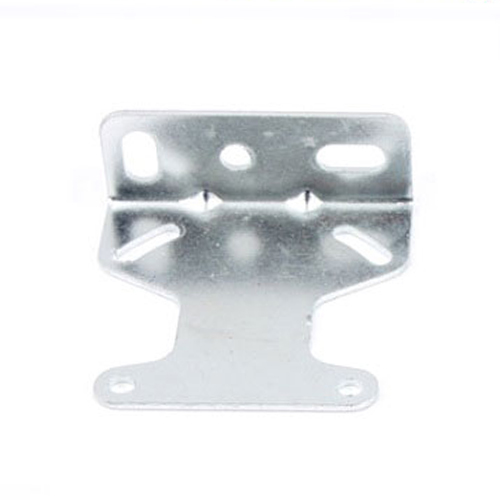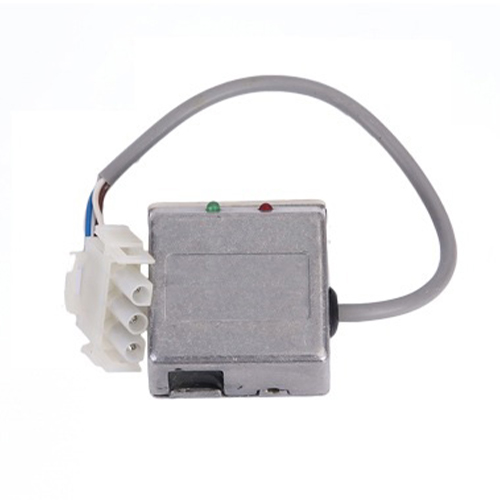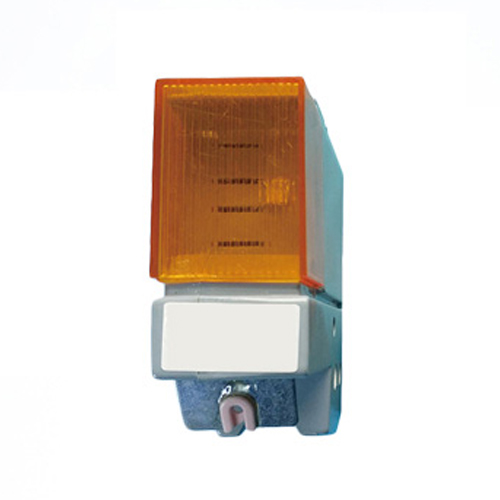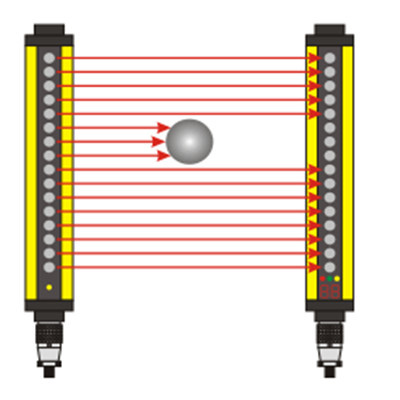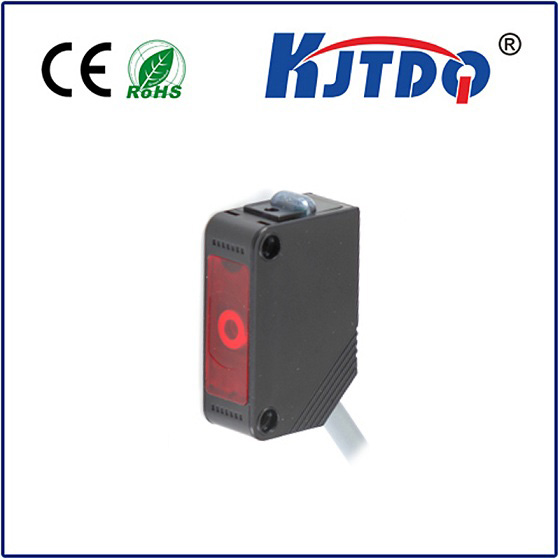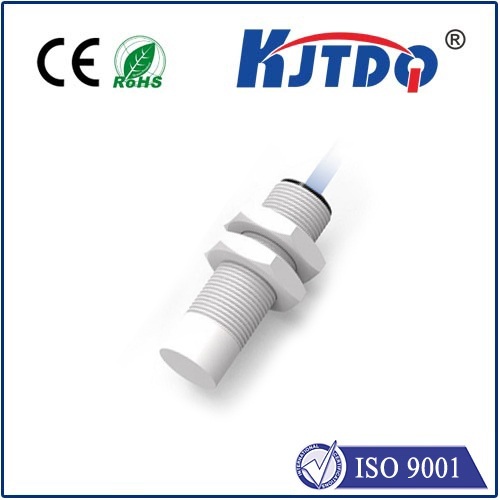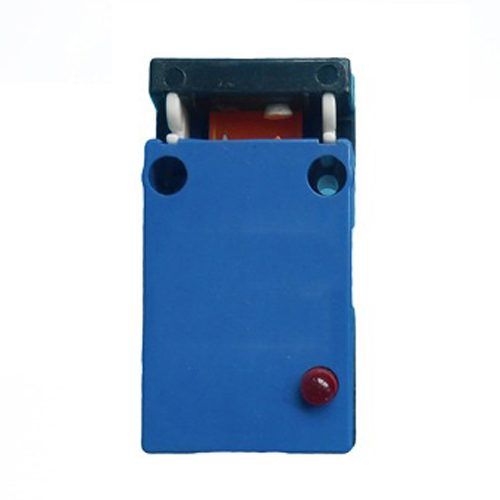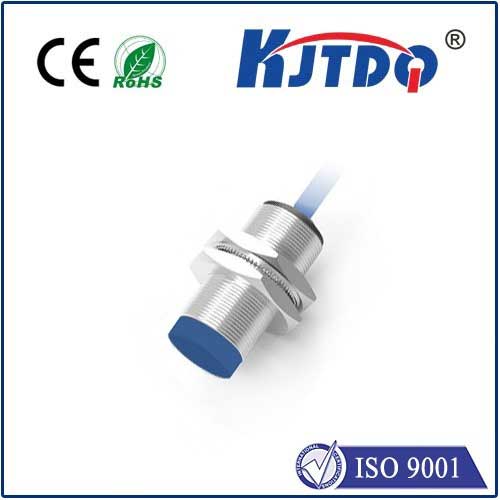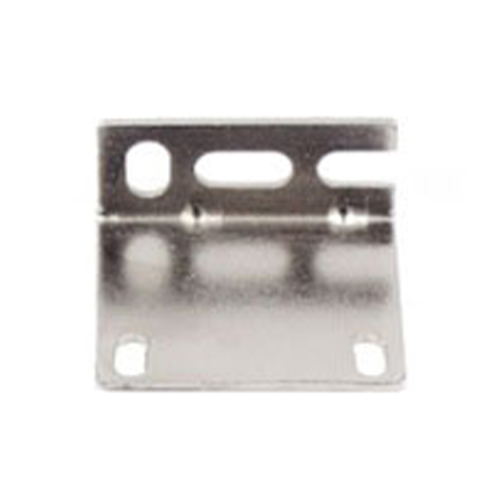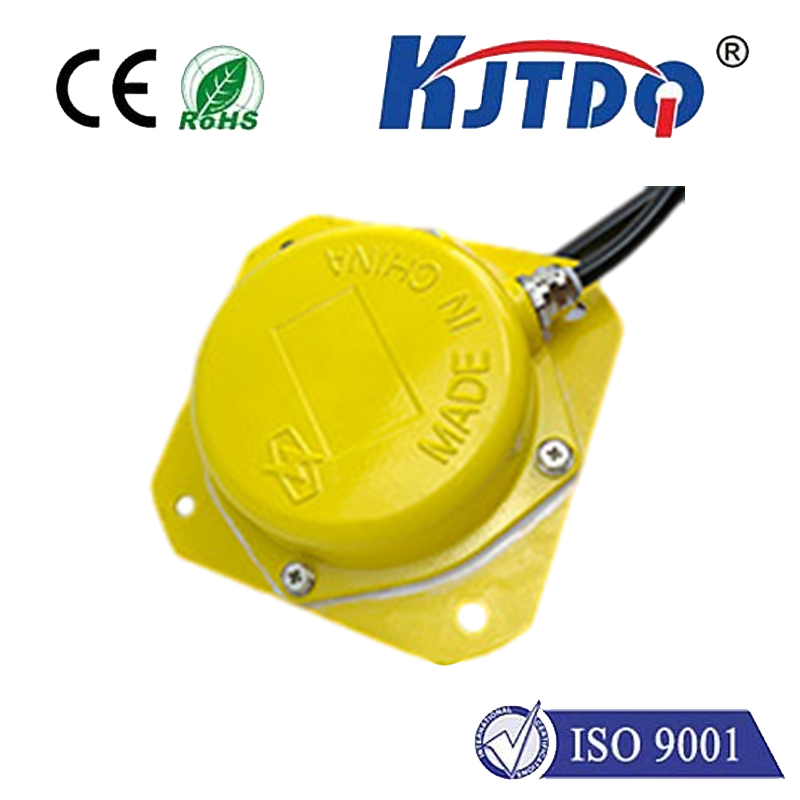blower limit switch
- time:2025-07-31 02:56:33
- Click:0
Blower Limit Switch: Your HVAC System’s Silent Safety Sentinel
Imagine your furnace failing on the coldest night, not due to a power outage, but because a critical safety component silently did its job. This unsung hero, often overlooked until trouble strikes, is the blower limit switch. More than just a part, it’s a fundamental safeguard embedded within your heating and cooling systems, preventing potential hazards and ensuring reliable operation. Understanding its role is crucial for safety, efficiency, and peace of mind.
What Exactly is a Blower Limit Switch?
At its core, a blower limit switch is a temperature-activated safety device. Strategically positioned within the furnace cabinet or air handler plenum, its primary mission is to monitor the air temperature surrounding the heat exchanger. Think of it as a vigilant thermal watchdog.
Its critical functions are dual-purpose:
- Controlling the Blower Motor: The switch typically includes circuitry responsible for turning the system’s blower fan on and off at appropriate times during the heating cycle. When the furnace burner ignites, it waits for the heat exchanger to warm up sufficiently before signaling the blower to start, ensuring warm air, not cold air, is circulated.
- Acting as a High-Limit Safety: This is its paramount safety role. If the air temperature within the plenum exceeds a predetermined safe operating limit (often due to restricted airflow, dirty filters, a failing blower motor, or a blocked vent), the switch reacts decisively. It interrupts the circuit powering the furnace burners or heat source, shutting down the heating process entirely to prevent dangerous overheating.
Why is This Safety Feature Non-Negotiable?
The consequences of an overheating furnace are severe and underscore the blowers limit switch’s vital importance:
- Preventing Heat Exchanger Damage: Excessive, sustained heat can warp or crack the heat exchanger. This crucial component separates combustion gases from the breathable air circulating through your home. A cracked heat exchanger poses a significant carbon monoxide (CO) poisoning risk, a potentially fatal outcome.
- Avoiding Fire Hazards: Overheated components ignite surrounding materials, wiring, or accumulated dust, creating a serious fire threat.
- Protecting System Components: Uncontrolled heat can permanently damage wiring, circuit boards, motors, and other sensitive electronics within the unit.
Simply put, the limit switch is a critical barrier against catastrophic failure and dangerous operating conditions.

Exploring the Two Main Types
While performing the same essential functions, limit switches generally fall into two categories:
- The Traditional Snap-Disc Switch: This is the most common type. It contains a small bimetallic disc that physically bends (“snaps”) as its temperature changes. This mechanical action directly opens or closes electrical contacts within the switch body. Key characteristics:
- Simple, durable, and cost-effective.
- Audible “click” can sometimes be heard when it activates.
- Contains fixed temperature settings determined during manufacturing (e.g., fan-on ~120°F/49°C, high-limit off ~160-200°F/71-93°C).
- The Modern Electronic Limit Switch (or Control): Found increasingly in newer, high-efficiency systems, these replace the bimetallic disc with solid-state electronic sensors and logic. Advantages include:
- Higher precision in temperature sensing and control.
- Often includes a time-delay feature for more nuanced blower operation.
- Potential for diagnostics and communication with the system’s main control board.
- May offer adjustable settings (though adjustments should only be made by qualified technicians).
Installation, Location, and Function
The blower limit switch is typically mounted directly onto the furnace plenum, the large metal chamber housing the heat exchanger. Its specific placement ensures it accurately samples the air temperature exiting the heat exchanger core. Small probes or the switch body itself must have direct exposure to this airflow stream.
During normal operation:
- Burners ignite.
- Heat exchanger heats up.
- When the plenum air reaches the low-limit (blower-on) temperature, the switch closes the circuit to the blower motor, starting the fan.
- After the thermostat is satisfied and burners shut off, the switch keeps the blower running until the plenum air cools down to a set low-limit (blower-off) temperature, effectively purging residual heat from the system for efficiency.
- If at any point the temperature approaches the high-limit threshold, the switch immediately opens the burner circuit, halting heat production until it cools sufficiently and potentially resets.
Troubleshooting a Faulty Blower Limit Switch
A malfunctioning limit switch can manifest in several ways:
- Blower Never Starts During Heat Mode: The low-limit function might be stuck open.
- Blower Runs Continuously, Even When System is Off: The low-limit contacts might be stuck closed.
- Furnace Short Cycling (Turns On/Off Rapidly): The high-limit might be tripping prematurely due to a genuine overheating issue or a faulty switch.
- Furnace Shuts Down and Won’t Restart: A tripped high-limit that fails to reset automatically, often indicating a persistent problem needing attention.
Testing requires caution and technical knowledge: Technicians use a multimeter to check for continuity across the switch terminals at different temperatures. Crucially, a tripped high-limit is often a symptom of an underlying problem (dirty filter, blocked vent, failing blower motor, cracked heat exchanger) rather than the root cause itself. Never simply bypass a limit switch – it disables a vital safety mechanism.
Compliance, Longevity, and Professional Care
Blower limit switches are not optional extras; they are mandated by major appliance safety codes and standards (like UL in the US and CSA in Canada). Their proper function is fundamental to certified safe operation.
While robust, these switches are not immune to failure. Continuous exposure to heat cycles wears down components. Typical lifespan ranges from 5 to 15 years, heavily influenced by operating hours, environmental conditions like dust and humidity, and overall system health.
Replacement should always be entrusted to a licensed HVAC professional. They possess the expertise to:
- Accurately diagnose if the switch is faulty or merely reacting to another problem.
- Select the correct replacement part with the precise temperature ratings required for your specific furnace model.
- Safely install and test the new switch, ensuring the entire system operates safely and reliably.
The Quiet Guardian
The blower limit switch operates silently in the background, rarely demanding attention. Yet, its role in preventing equipment damage and, more importantly, safeguarding your home and family from fire and carbon monoxide danger is indispensable. Understanding its function and ensuring it remains operational through proper maintenance (like regular filter changes) and prompt professional attention when issues arise is not just about appliance longevity; it’s a fundamental aspect of responsible home safety. This vital component truly deserves its recognition as a cornerstone of HVAC safety.






